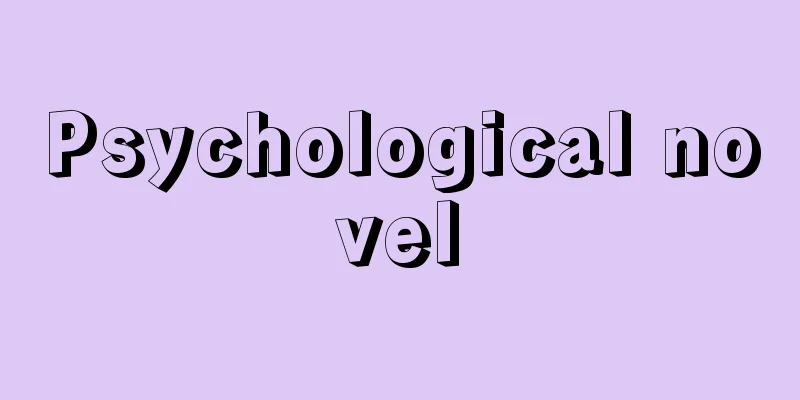Lamaism - Lamaism

|
A sect of Buddhism that developed in Tibet. A common name for Tibetan Buddhism. In Tibetan, Lama means "master" or "teacher," and refers to one's religious teacher. In addition to the three treasures of Buddha, Dharma, and Sangha, lamas are also revered, so it is called Lamaism. Buddhism is said to have been introduced to Tibet during the time of King Songtsen Gampo (around the 6th century), and Lamaism is a fusion of Buddhism and Bon, a folk belief that had existed in Tibet since ancient times. In the 8th century, Shantarakshita brought precepts from India, and Padmasambhava brought esoteric Buddhism. In addition, a Mahayana monk brought Mahayana Buddhism from China, and a debate took place between him and the Indian monk Kamalashila. Chinese Buddhism was defeated in this debate and was publicly expelled from Tibet. In the mid-9th century, King Randharma adopted an anti-Buddhist policy, and after the king was assassinated, Tibet became divided, and Buddhism gradually became corrupt. However, in the 11th century, Atisha arrived from India and reformed Buddhism, founding the Kadam and Sakya sects. In the 13th century, the Sakya monk Phagpa became the royal teacher of the Yuan dynasty, after which Lamaism once again fell into decadence as it linked with the political power of the Yuan and Ming dynasties. However, at the end of the 14th century, Tsongkhapa appeared and carried out religious reforms, insisting on strict observance of religious rules. He made his disciples wear yellow hats, so this sect is called the Yellow Hat sect and is distinguished from the older Red Hat sect. Tsongkhapa's successor was revered as the Dalai Lama, and he gained political control over Tibet, laying the foundations for the Dalai Dynasty. → Related topics Altan Khan | Ulaanbaatar | Living Buddha | Red Hat Sect | Yellow Hat Sect | Tibet | Tibetan [people] | Tibetan issue | Tuva | Khalkha | Panchen Lama | Flylai Peak | Buddhism | Bon Buddhism | Esoteric Buddhism | Mongolia | Mongolian [people] Source : Heibonsha Encyclopedia About MyPedia Information |
|
チベットに発達した仏教の一派。チベット仏教の俗称。ラマとはチベット語で〈上人〉〈師〉を意味し,各自の宗教上の師をさす。仏・法・僧の三宝のほかにラマをも尊崇するのでラマ教という。チベットへの仏教の伝来はソンツェン・ガンポ王(6世紀ころ)の時代とされ,仏教と古来チベットにあった民間信仰のボン教とが融合したものがラマ教である。さらに8世紀には,インドからシャーンタラクシタが戒律を,パドマサンババが密教系仏教を伝えてきた。また中国からは大乗和尚が大乗仏教を伝え,インド僧カマラシーラとの間で論争が行われた。この論争に敗北した中国仏教は,以後チベットから公に追放された。9世紀中ごろランダルマ王は排仏政策をとり,王が暗殺された後のチベットは分裂状態になったので,仏教も次第に堕落した。しかし11世紀にはインドからアティーシャが訪れ,仏教を改革してカダム派やサキャ派を興した。13世紀サキャ派の高僧パスパは元朝王室の帝師となり,以後ラマ教は元・明の政治権力と結び再び堕落した。しかし14世紀末にツォンカパが出て,宗教改革を行い,厳格な戒律実践を主張した。彼は弟子に黄帽(こうぼう)を着用させたので,この派を黄帽派と呼び,旧来の紅帽(こうぼう)派と区別する。またこのツォンカパの後継者はダライ・ラマとして尊敬され,チベットの政治支配権も握り,ダライ法王国の基礎をつくった。 →関連項目アルタン・ハーン|ウランバートル|活仏|紅帽派|黄帽派|チベット|チベット[人]|チベット問題|トゥバ|ハルハ|パンチェン・ラマ|飛来峰|仏教|ボン教|密教|モンゴル|モンゴル[人] 出典 株式会社平凡社百科事典マイペディアについて 情報 |
<<: Lamaist Music - Lamaist Music
Recommend
Covered wagon - Horobasha
A horse-drawn carriage with a hood. Source: About ...
warm temperate zone
…It is a climate zone, also called the warm tempe...
Eyin Hui-shuo
1366-1425 A monk from the Nanboku-cho to Muromach...
Catalonia Regional Government Office - Catalonia Regional Government Office
…He was one of the founding members of the Liga (...
Towa [town] - Towa
An old town in Tome County, northeastern Miyagi Pr...
Ryochukan
A term used in Noh. An abbreviation of "Ro-ch...
Atobe Kaiou - Atobe Kaiou
...A man of the mid-Edo period. A samurai with a ...
Boletus edulis (English spelling) Boletusedulis
…[Rokuya Imaseki]. . … *Some of the terminology t...
Hammond, John Lawrence
Born: July 18, 1872, Yorkshire [Died] April 7, 194...
Shakotan [town] - Shakotan
A town in Shakotan County, Hokkaido. It occupies t...
hüyük (English spelling) huyuk
…They are found mainly in Western Asia, Central A...
Aki Teruhiro - Aki Teruhiro
…In swords, he carved designs such as dragons cha...
sambhoga-kāya (English spelling) sambhogakaya
...In Mahayana Buddhism, the thought of the Buddh...
Profit that should have been earned - Ubekarishirieki
…When it comes to compensation for damages due to...
Hemorheology
A field of study that studies the flow of blood in...









